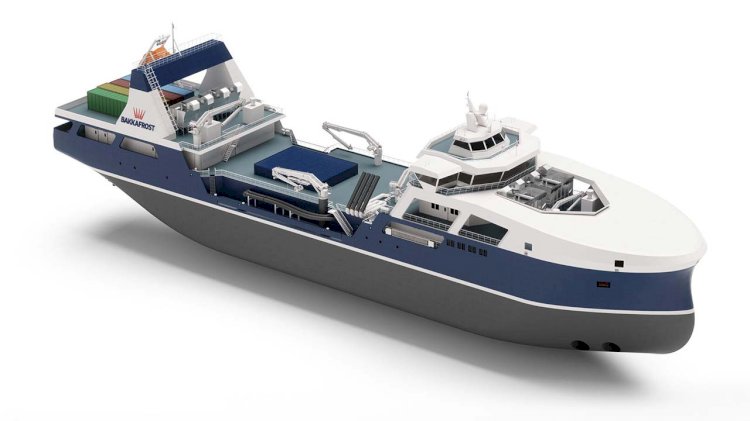Bakkafrost orders new hybrid 7000 m3 wellboat
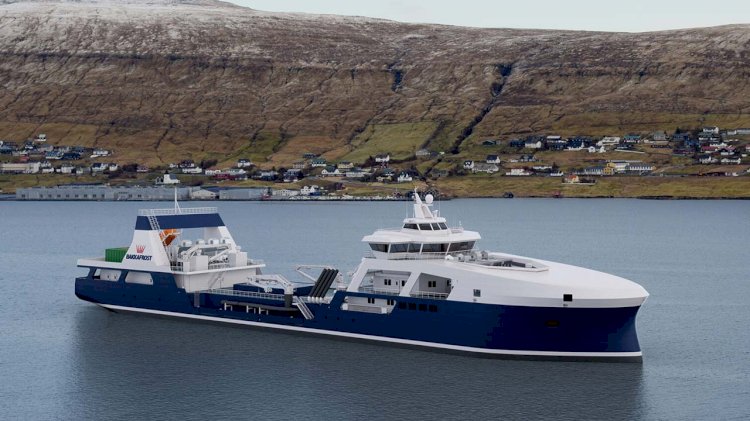
As part of the company’s strategy to produce larger quantities of sustainable farmed salmon, Bakkafrost has ordered a new wellboat. The wellboat is built at the Sefine shipyard in Turkey and is expected to be completed in 2022.
The new wellboat is 109 meters long and 22 meters wide. It has a capacity of 10.000 m3, where the four wells have a total capacity of 7.000 m3 of seawater, and the tanks have a total capacity of 3.000 m3 of freshwater. The vessel has a capacity of 1.000 tons of salmon.
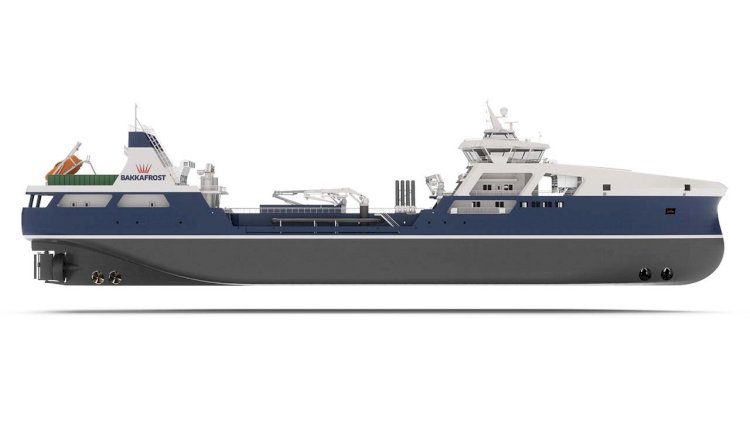
As part of the plan to reduce the company’s carbon footprint, the new wellboat is equipped with battery storage systems. This means that the energy consumption is optimal at all times. The vessel either uses the energy from the accumulators, or it stores energy in the accumulators, when additional energy is produced, as one of the five engines starts. In addition, the vessel will be connected to landbased electrical sources, when it lays at the harbor, which makes it very quiet in operation.
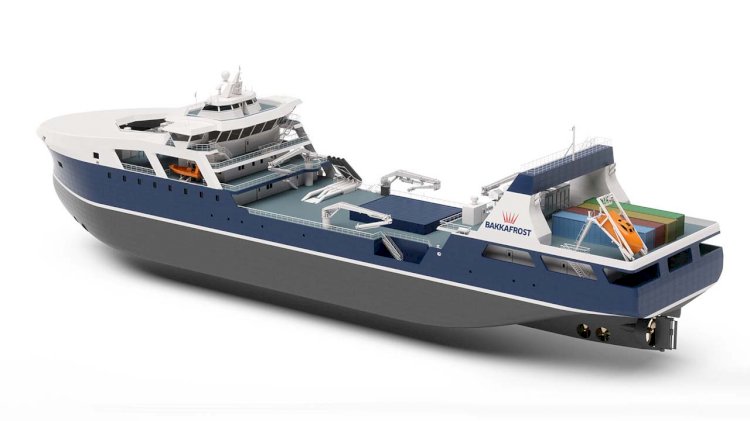
The wellboat is equipped with DP, which means that the vessel has the ability to lay at a certain point at sea without being tied up or anchored while performing a task. Thus, the new wellboat will be well equipped to perform different tasks at open sea.
The wellboat is equipped with technology that can produce freshwater from seawater, which is used for de-licing operations. In total, the production capacity in 24 hours is 6.000 m3 of freshwater. Thus, the vessel can perform salmon treatments without leaving the area to get freshwater.
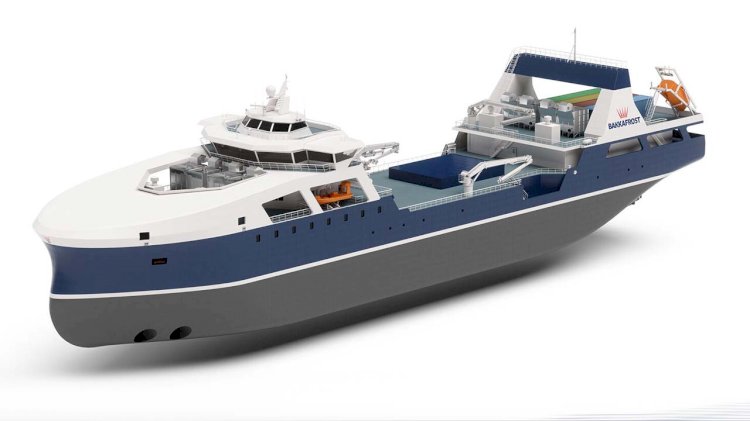
The new wellboat is a vital step towards reaching the strategic goals of having a total capacity of 100.000 tons of salmon, and to gut 500 tons a day at the factory at Glyvrar.
The need of vessels to perform different tasks is growing significantly in the future. The need of transportation of smolt will increase significantly, as we have started to farm smolt on land for a longer period. In the future, the smolt will weigh between 500 and 700 grams before released to the cages. In addition, the vessels will perform tasks in relation to de-licing and other gill-related challenges as well as transportation of bigger salmon in relation to open sea farming.
